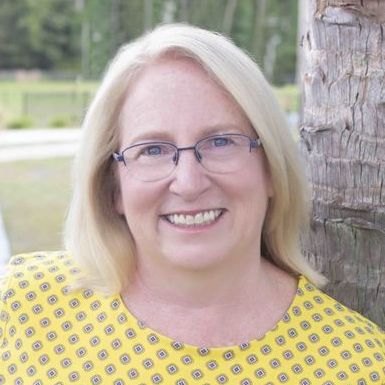When you ask someone why mapping a course is important, the most common answer is related to helping teachers know what to teach and when. I would argue, however, that if that is a school’s primary purpose, they are investing a lot of wasted time. And while yes, a course map does help set the pace and required topics of a class, a well-crafted map does even more. It directs the culture of the school.
With an average 13-15% teacher turnover in public schools and nearly double that in private schools (D’Ercole) it is imperative that administrators have a tool to establish more than what to teach, but instead, the culture of the school. Often an administrator’s first concern is being sure the new staff has the right teacher’s books and enough desks and chairs, but then somewhere down the line, they realize the teacher is teaching exactly the content you expected but they are off on some island teaching alone. They have not become part of the community.
A course map that includes more than just unit names and standards can actually invite new staff members into the culture immediately. When a course map includes an alignment to Expected Student Outcomes (ESOs), Biblical Integration, Instructional Strategies, and even Assessment, new staff quickly understand not only the content to be covered but also the expectations of the administration on how these aspects are played out in the classroom. The course map defines where the “rubber meets the road.”
While an administrator can talk repeatedly about the need for Biblical integration or alignment to ESOs or a thousand other topics, until the how, how much, and what is developed it is just talk. With high turnover rates, there is even more just talk. In contrast, when the course map is developed and lays out how every unit is to include these philosophies and how it is to look, even new staff can immediately adapt to the new culture. The map shows that it is not only an expectation, it is who the school is.
Before we had completed our maps, a new staff member joined my staff. She was well trained and highly successful in the classroom; however, she came with a textbook-driven mentality. As long as she covered the textbook topics and her students were successful on the standardized test, she believed the class was successful. As we developed the course map and she was guided through all the columns, not just objectives and standards, the school’s definition of success became apparent. While understanding all the required mathematical concepts was important, more important was understanding how math impacts a Biblical worldview, how math can serve as a tool for missions, and that getting the right answer was not enough. As we added instructional strategies to the course map, the map placed the textbook inside the pedagogical toolbox, rather than the textbook constituting the whole toolbox. The new teacher learned that the culture of the school was collaborative teaching as she saw how the math courses crossed over with other subjects. She mentioned one day that “if I had this map before I started I would have understood my co-teachers’ thought processes so much faster.”
“Every administrator has their own focus and concerns about the culture of the building” (Bailey) and every administrator can talk about the culture, but a complete course map demonstrates the culture. Priorities are established and demonstrated in maps. One lesson I have learned the hard way is that every new hire puts the culture of the school at risk. A strong teacher who does not understand the administrator’s desired culture can lead a course, or even a whole department, off in a whole different direction. Before you know it, the culture of the teacher has replaced the culture of the school. When a new staff member enters the school and is given a tool like a complete course map, the culture is defined and guidance is provided before the first class meeting.
Sure, course maps tell everyone what to teach, but fully developed course maps tell everyone who the school is, what the school prioritizes, and how everyone is going to get to those ends. They invite the new and returning staff to be heading in the same direction for the same purpose. Basic course maps define the what, but fully developed maps define the who.
References
Bailey, Daniel. “Curriculum Mapping Tips for New Teachers.” Edutopia, George Lucas Educational Foundation, 27 June 2019, www.edutopia.org/article/curriculum-mapping-tips-new-teachers.
D’Ercole, David “NAIS – Research Insights: Are Independent School Teachers Happy?” Nais.org, 2021, www.nais.org/magazine/independent-school/fall-2019/research-insights-are-independent-school-teachers-happy/.




